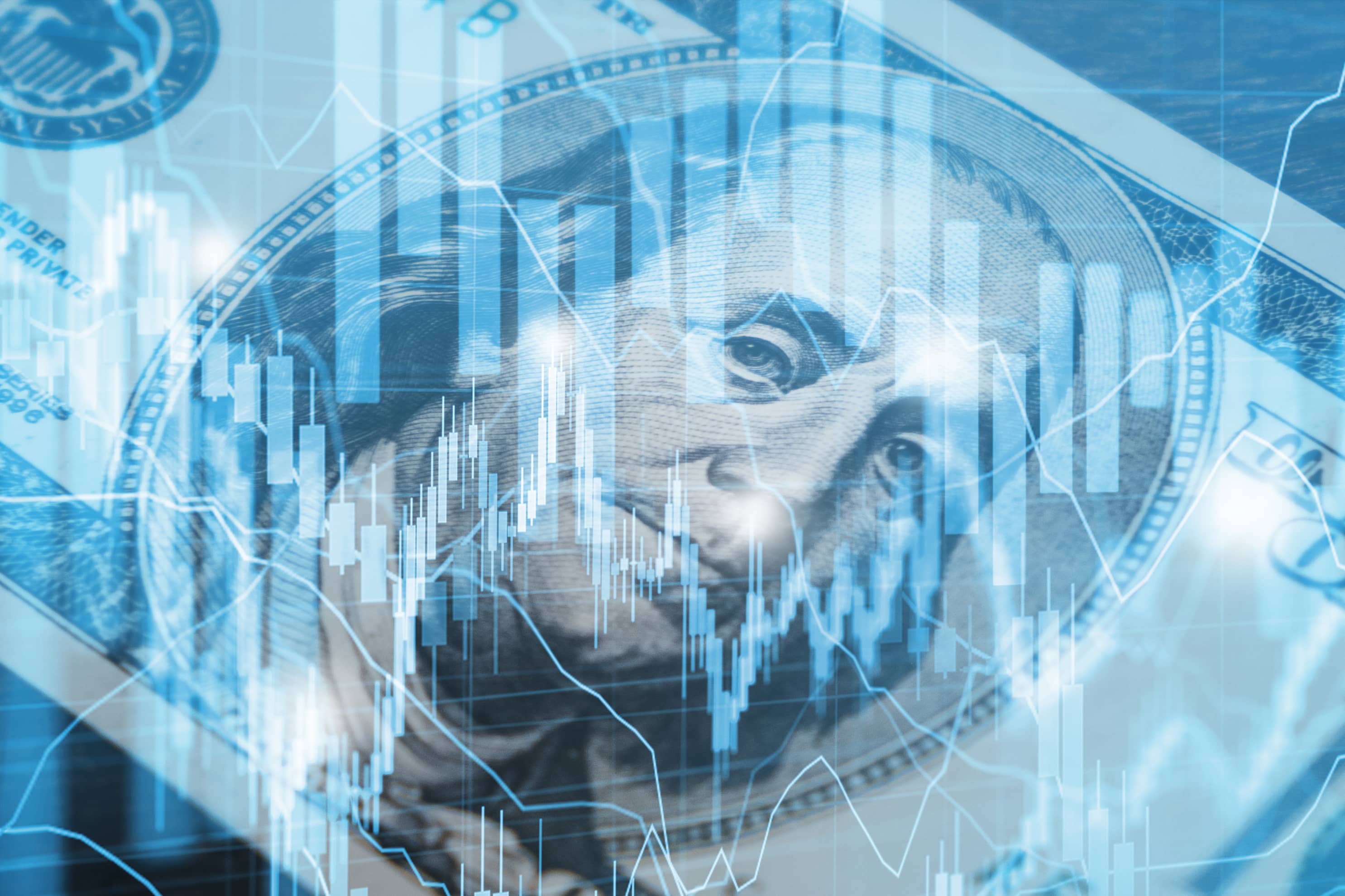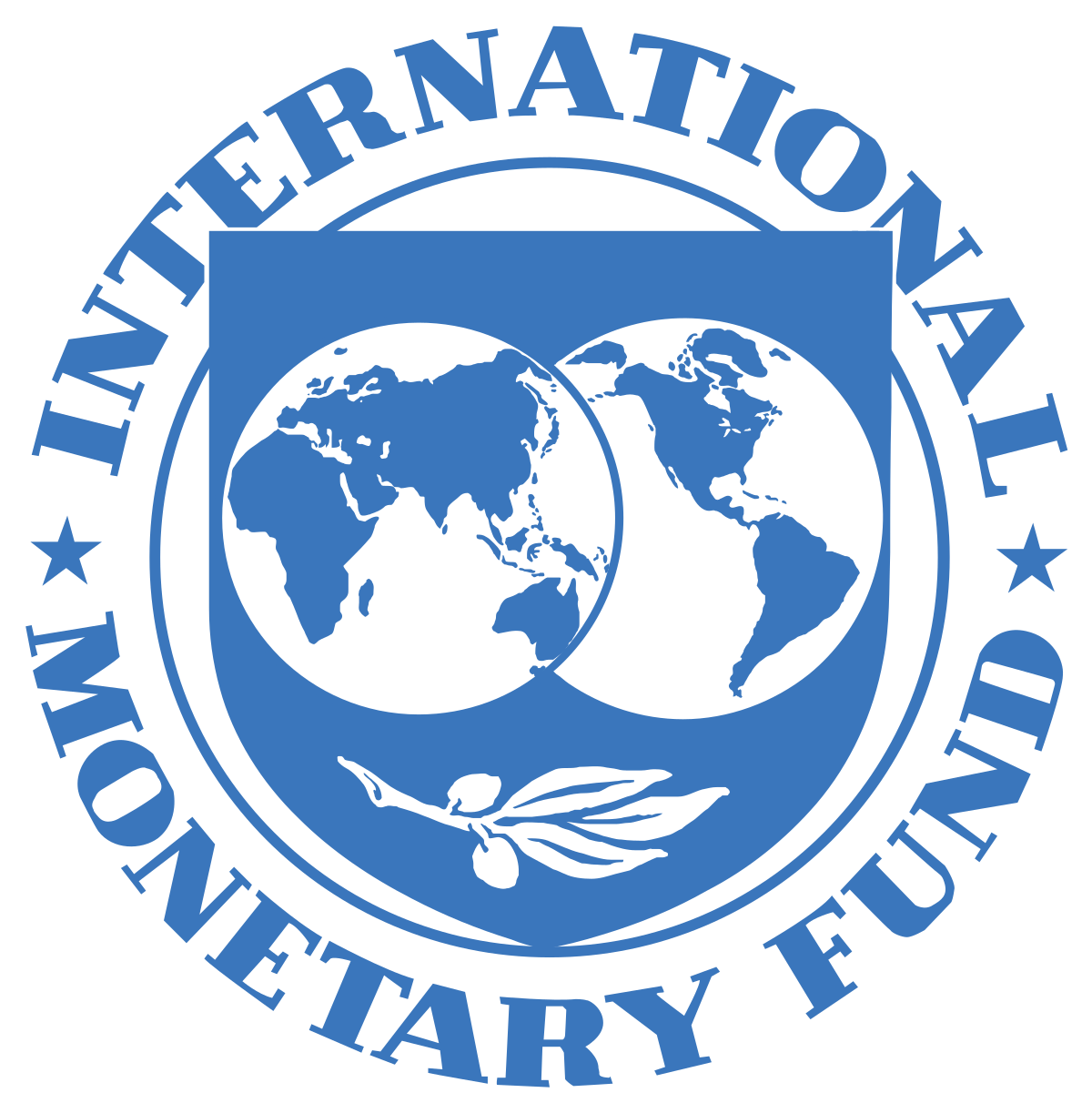Fixed income ETFs including long-duration bonds and steepeners are set to be the big winners from falling interest rates alongside growth stocks that have significantly underperformed their value counterparts since the Federal Reserve started its hiking cycle.
Earlier this week, the International Monetary Fund (IMF) forecasted interest rates to return to pre-pandemic levels amid taming inflation, driven by a combination of low productivity and ageing populations.
Inflation in the US has already started to trend lower this year with the US Consumer Price Index (CPI) falling to 6% in February, the lowest reading since September 2021.
The prospect of inflation dropping towards central banks’ 2% targets and the resulting interest rate outlook has sent bullish signals to investors with the Nasdaq 100 entering a technical bull market at the end of March, up 20% from its low last December.
While Federal Reserve chair Jerome Powell has baulked at the idea of a rate cut this year, markets are pricing in an 88.1% chance the Fed funds rate will be lower than its current 4.75-5% rate by the end of the year.
“A contentious presumption is that the Fed will cut rates by 0.5-0.75% later in the year,” Rupert Thompson, chief economist at Kingswood, said. “This will be important not only for bonds but also equities which have been supported in recent weeks by the retreat in bond yields.”
The phrase ‘do not fight the Fed’ has almost been enshrined on Wall Street, however, investors are choosing to ignore the central bank this time around.
If the IMF is right about its outlook for interest rates, Luke Bartholomew, senior economist at abrdn, said the question will move to how much central banks will slash rates rather than if they will.
“The IMF sees little reason to think these have been fundamentally changed since the pandemic,” he continued. “Investors may find this period of high interest rates was simply a brief interruption of the low-rate world they have been dealing with since the Global Financial Crisis.”
Time to add duration?
If markets are correct about the outlook for interest rates amid lowering inflation and a potential recession, long-duration US Treasury ETFs will be an attractive play in this environment.
The iShares $ Treasury Bond 20+yr UCITS ETF (IDTL), for example, plummeted 31.3% in 2022 as the Fed was forced to hike rates at a faster pace than market expectations amid rampant inflation.
However, ETFs such as IDTL look well placed to deliver strong performance if inflation subsides and interest rates trend towards pre-COVID-19 levels.
This is also the case for US steepener bond ETFs which have seen significant demand from investors in 2023. According to data from ETFLogic, the Lyxor US Curve Steepening 2-10 UCITS ETF (STPU) has seen $843m inflows since the start of the year, the second-highest across all fixed income ETFs listed in Europe, as at 11 April.
Steepeners outperform when short-duration bond yields are falling and long-duration bond yields are rising. With the US Treasury yield curve at its most inverted since 1981 earlier this year, this presents an opportunity, especially if the pace of rate increases continues to subside.
Finally, growth stocks – most notably tech – were hammered in 2022 as investors fled companies with high valuations amid concerns of future cash flows in a higher inflationary regime.
Investors have already eyed this part of the market this year with the iShares Nasdaq 100 UCITS ETF collecting $933m while the Invesco Nasdaq-100 UCITS ETF (EQQQ) has seen $502m inflows.




